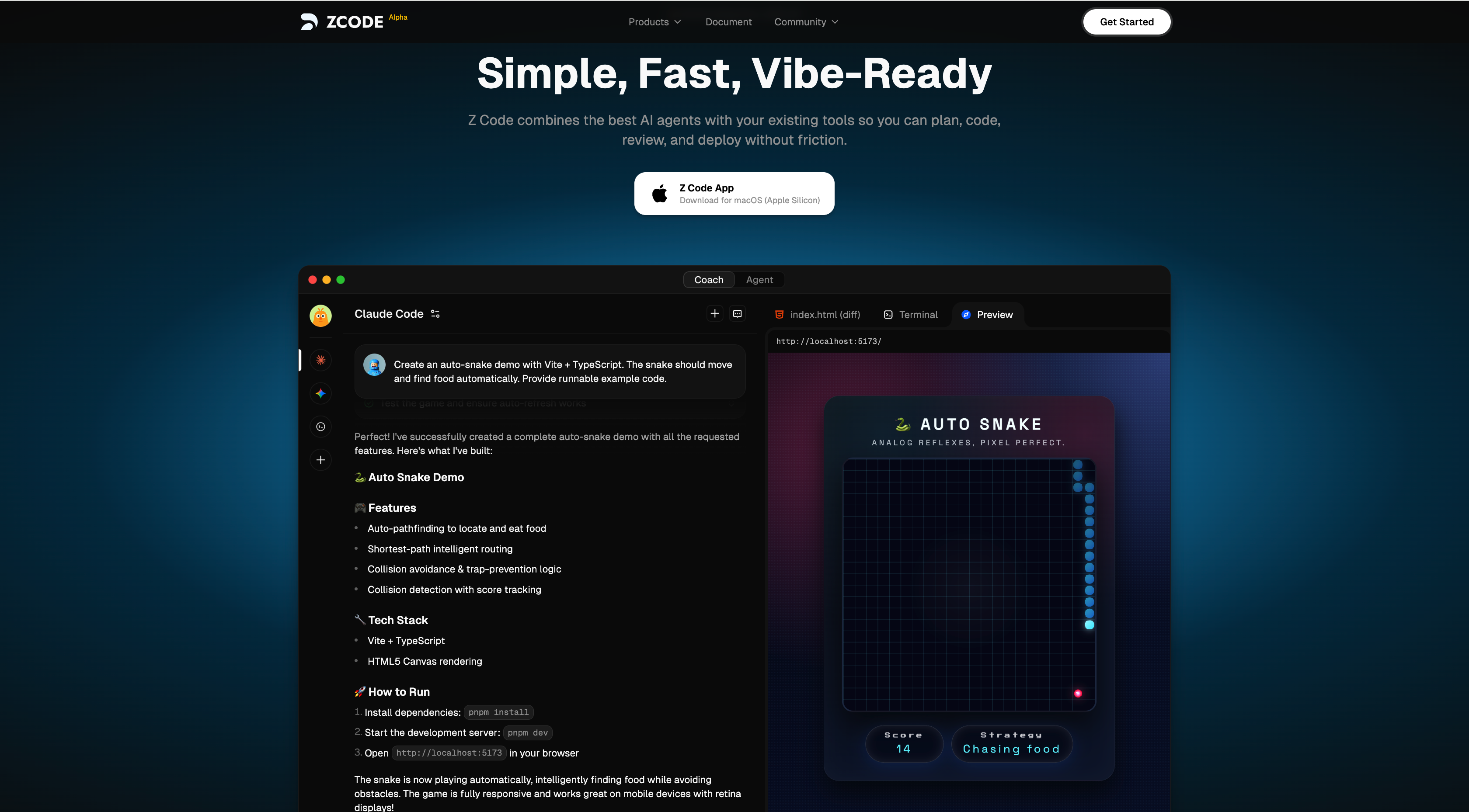Meta has taken a significant step towards improving the efficiency of artificial intelligence. The tech giant released a pre-trained model this Wednesday, utilizing a novel multi-token prediction method (multi-token-prediction) that could potentially change the way large language models (LLMs) are developed and deployed.

Project Entry: https://top.aibase.com/tool/multi-token-prediction
This new technology was first proposed in a research paper by Meta in April this year, differs from the traditional method of training LLMs that only predict the next word in a sequence. Meta's approach requires the model to predict multiple future words simultaneously, which is expected to improve performance and significantly shorten training time.
Meta's multi-token prediction method may provide a way to mitigate this trend, making advanced artificial intelligence more accessible and sustainable.
The potential of this new method is not limited to improving efficiency. By predicting multiple tokens simultaneously, these models may have a more nuanced understanding of language structure and context. This could improve tasks from code generation to creative writing, potentially bridging the gap between artificial intelligence and human-level language understanding.
Meta has released these models on Hugging Face under a non-commercial research license, in line with the company's commitment to open science. However, it is also a strategic move in the increasingly competitive field of artificial intelligence, where openness can accelerate innovation and talent acquisition.
The initial version focuses on code-related tasks, reflecting the growth in the market for artificial intelligence-assisted programming tools. As the connection between software development and artificial intelligence becomes closer, Meta's contribution may accelerate the trend of human-machine collaboration in coding.










